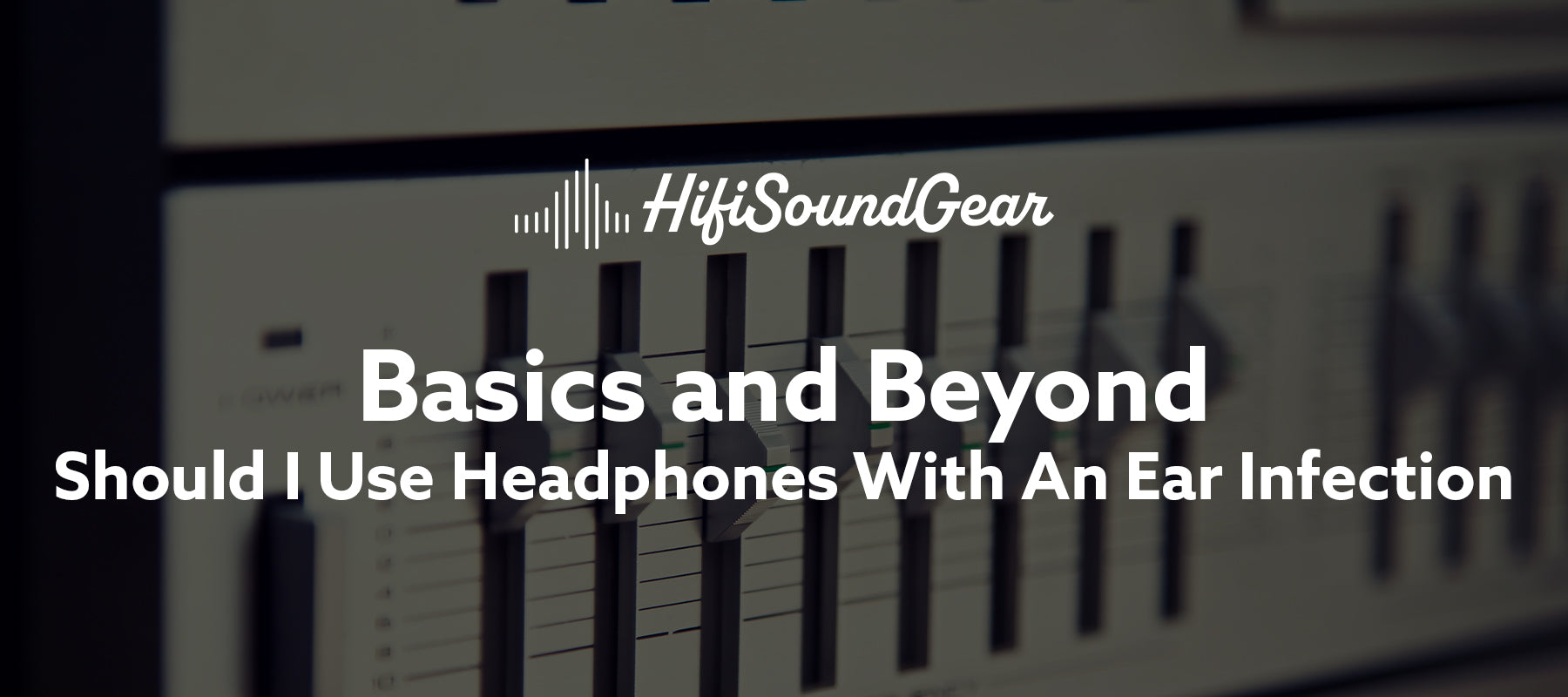
Should I Use Headphones With An Ear Infection
Ear infections can turn your favorite listening experience into a sonic nightmare faster than a badly calibrated equalizer! This isn't just about momentary discomfort—it's about preserving the delicate acoustic ecosystem of your auditory system.
Let's dive into the relationship between headphones and ear infections so you can find out whether you can enjoy your favorite cans while your ears are fighting off those nasty gremlins.
Understanding Ear Infections: The Audio Body's Alarm System

Ear infections are like uninvited gremlins in your personal sound chamber, manifesting in three primary variations: external, middle, and inner ear infections. Each type represents a different level of sonic system compromise.
External ear infections typically attack the ear canal's outer region, creating a territorial dispute between your body's immune response and bacterial invaders.
Middle ear infections—the most common culprit—occur behind the eardrum, transforming your middle ear into a pressure cooker of inflammation.
Inner ear infections are the most serious, potentially disrupting your balance and hearing calibration mechanisms.
The root causes read like a microbial greatest hits album: bacterial invasions, viral symphonies, trapped moisture (the perfect breeding ground for microscopic troublemakers), and immune system variations. Symptoms range from a subtle discomfort that whispers "something's wrong" to a full-blown audio emergency featuring pain, pressure, reduced hearing acuity, and sometimes even fever—your body's internal warning system cranked to eleven.
Medical Risks: The Dangerous Sound of Ignoring Infection

Wearing headphones during an ear infection is acoustically equivalent to pouring gasoline on a medical fire.
The risks extend far beyond momentary discomfort. By introducing additional pressure and potential contamination, you're essentially creating a perfect storm for infection acceleration and potential hearing damage.
Imagine your infected ear as a delicate sound laboratory under siege. Headphones introduce multiple compounding risks: increased internal pressure that can exacerbate inflammation, potential bacterial transfer from the headphone surface, and mechanical stress on already compromised tissues. Professional audiologists warn that this seemingly innocuous act could transform a mild infection into a prolonged hearing health nightmare.
The mechanical pressure from headphones can push infectious materials deeper into the ear canal, potentially causing more extensive damage. Moreover, the warm, enclosed environment created by headphones becomes a five-star resort for bacteria, encouraging faster multiplication and slower healing. Your ears need breathing room—not a bacterial block party.
When to Absolutely Avoid Headphones: Red Alert Scenarios
Consider this your sonic danger zone warning system. Immediate headphone abstinence is mandatory when experiencing severe symptoms like intense pain, discharge, significant hearing loss, or balance disruptions. These are not subtle hints—they're full-blown emergency broadcast signals from your auditory system.
If you're experiencing fever, severe earache, or notice any fluid leakage, you've entered medical priority mode. These symptoms suggest your ear infection has escalated beyond a simple nuisance and requires professional medical intervention. Think of it like a critical system failure in a complex audio setup—you don't tinker, you call in the experts.
Safe Listening Practices: The Rehabilitation Playlist

Recovery requires a strategic approach to audio consumption. Consider alternative listening methods that don't involve direct ear canal invasion: external speakers, bone conduction technologies, or carefully positioned audio sources that minimize direct ear contact. It's about finding the acoustic path of least resistance.
When you're ready to reintroduce headphones—and only after medical clearance—approach it like a sound engineer calibrating a delicate system. Start with short, low-volume listening sessions. Clean your headphones thoroughly using medical-grade disinfectants, treating them like precision instruments rather than casual accessories.
Conclusion: Listening Responsibly is an Art Form
Your ears are sophisticated, irreplaceable sound receiving instruments. Treating them with respect means understanding that sometimes, the best audio experience is no audio experience at all. Prioritize healing, consult professionals, and remember—your long-term hearing health trumps any momentary audio gratification.
Elevate Your Listening Experience With These Related Articles
Enjoyed this article? Feel free to check out these related topics!

